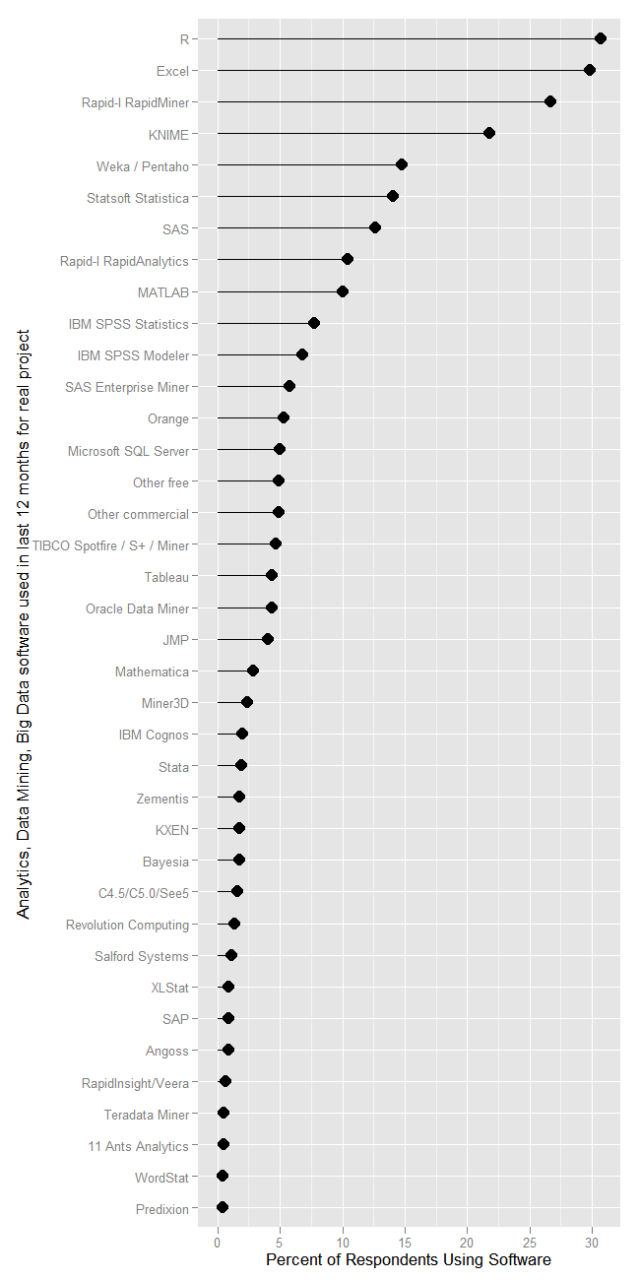微軟:數據科學家 會紅
news.chinatimes.com | Nov 30th -0001微軟全球資深副總裁兼亞太研發集團主席張亞勤昨(6)日在華人企業領袖高峰會時表示,雲端時代的殺手級應用是海量資料(Big Data),他表示,年輕人如果不知道該找什麼工作,不妨考慮投入資料分析、成為資料數據科學家,這將是未來相當具有潛力的工作。
張亞勤表示,個人電腦時代的殺手級應用是Office文書處理軟體,在個人電腦為主要工作平台的時代,企業講求的是商業智慧分析(BI)需求,但現在是雲端時代,殺手級應用為海量資料分析。
微軟針對雲端時代已經推出了公有雲Azure的服務,這個平台現在的運算能量,已經超過1999年微軟運算量的總和。而過去6估月內,該平台資料量已經是倍數成長,而近兩個月儲存量也成長了1倍。而Azure推出迄今僅3年。該平台也在不久前落地大陸。
張亞勤預估,到了2015年時,雲端運算將在全球帶來1,400萬的工作機會,而其他大型企業也預估到了2014年時,約有5成的運算將是透過雲端運算的方式產生。而目前所有的數據,有9成是過去兩年中形成的。更值得一提的是,世界經濟論壇將海量資料視為新的資源及貨幣。可見未來雲端運算普及之後,海量資料將成為顯學。
針對這個大趨勢,也會帶動及催生所謂的資料分析專家的需求,張亞勤表示,透過資料的分析及探勘,海量數據將可望產生意想不到的「價值」,這將是未來商機所在。
由於近期全球均遭逢不景氣,昨日的華人企業領袖高峰會的與會者,也針對年輕人創業等議題提出建議,張亞勤認為,海量資料所帶動的資料分析及資料探勘科學家,將是極具有未來性的工作趨勢。
Original Page: http://news.chinatimes.com/tech/171706/122012110700414.html
Shared from Pocket






